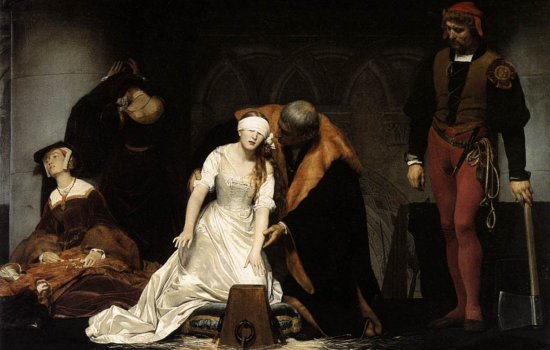Kinda. Well maybe not. It’s either Lady Jane Grey or Jane Seymour (King Henry VIII’s 3rd wife and the mother of King Edward VI). If you trace back in Rowena’s (David I’s only wife and the mother of Samuel I) family tree you’ll find that she is actually related to one of Lady Jane Grey or Jane Seymour’s “ladies-in-waiting“. I can’t remember which one. But anyway Rowena is related to the Royal Family!! Kinda.

Why am I sharing all this??? Well, being reasonably familiar with these characters in English history, I was really glad to have the Proclamation of Lady Jane Grey as Queen in 1553 as the document in today’s Church History exam! Yessss. She was only Queen for 9 days until Queen Mary I assumed the throne. Although not directly involved, Jane was implicated in some riots in January 1554, and was subsequently executed. She lived a tragically short life, however from the things I’ve read, I’m encouraged that Lady Jane Grey seemed to be a genuine Christian.
We’re going to watch the movie when Row gets home from Bible study.
ps – the document we were given spelt her surname with an ‘a’. it should have been an ‘e’





